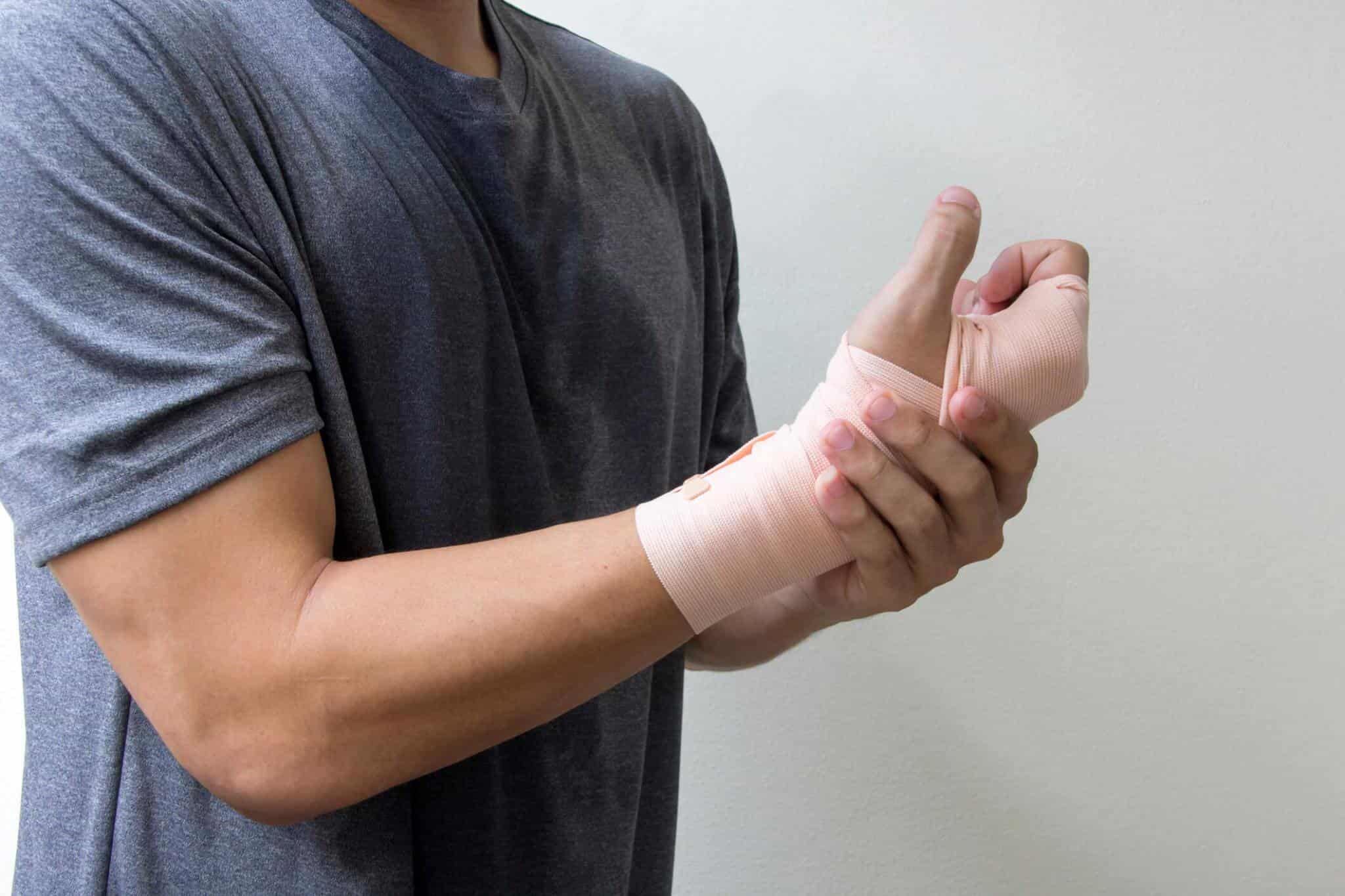
A broken radius is a common fracture of the upper limb. It can occur if you fall or if you’re involved in high-impact sports like football. It’s also common among people with osteoporosis. If you have received treatment for a broken wrist and wear a cast or splint, these seven distal radius fracture recovery exercises will help you cope until your wrist heals completely.
1. Elevate Your Wrist
To reduce swelling and pain, raise your wrist so it’s above your heart. After a doctor places a cast on your wrist, you need to elevate it for the first 48-72 hours. You may need to keep your wrist raised in the daytime and while sleeping.
2. Apply Ice
Placing ice on your wrist can help stop swelling and relieve pain. However, it’s important to keep your cast dry. Here’s a few tips when applying ice to your wrist:
- Wrap an ice pack in a towel to prevent water from touching the cast.
- If you don’t have an ice pack, wrap a bag of frozen vegetables in a towel to use.
- Apply ice to your wrist for up to 20 minutes every three hours.
- Keep applying the ice for at least three days or longer based on your doctor’s recommendation.
3. Use Pain-Relieving Medication
As directed by your doctor, use pain-relieving medication or over-the-counter pain medicines like ibuprofen and naproxen sodium. It’s important to consult your doctor about any pain medication as some can interfere with other medications. You should only take aspirin if you don’t have conditions such as anemia, asthma or a bleeding disorder. The use of over-the-counter medicines can be limited to 10 days or as directed by your physician.
4. Exercise Joints Near the Wrist
You should exercise the joints that aren’t in a cast, including your fingers and elbow. Wiggling your fingers and moving your elbow around will quicken the pace of your healing and help improve mobility. If you observe pain while moving these joints, talk to your doctor.
5. Keep Your Cast Dry
Always do your best to keep your cast dry. Casts are made of plaster, which water can damage. Keeping your cast dry will also prevent the growth of mold or mildew in the cast. You can keep your cast dry by:
- Taping a thick plastic bag over the cast while you shower or bathe
- Wrapping a towel around the upper part of your cast to stop water from getting into it
- Using a cast-shield with adequate water resistance
6. Work With a Physical Therapist
After your cast is removed, physical therapy will help you regain muscle strength and increase your range of motion. Your therapist may also recommend certain exercises to help your wrist regain its full functioning.
7. Visit Your Doctor for a Follow-Up
Keep your appointments with your doctor and get medical attention right away if you experience any of the following:
- Increasing pain
- Persistent swelling
- Numbness in your hand, fingers or wrist
- Fingers that are turning pale
- Any deformity at the wrist
Learn More About Recovering From a Broken or Fractured Distal Radius
At OrthoBethesda, we understand the pain you may have when you injure your wrist. Give us a call to schedule with our orthopedic doctors who specialize in treating the hand and arm. We’re fully equipped and prepared to help you treat your wrist for fast, effective pain relief and full recovery.
